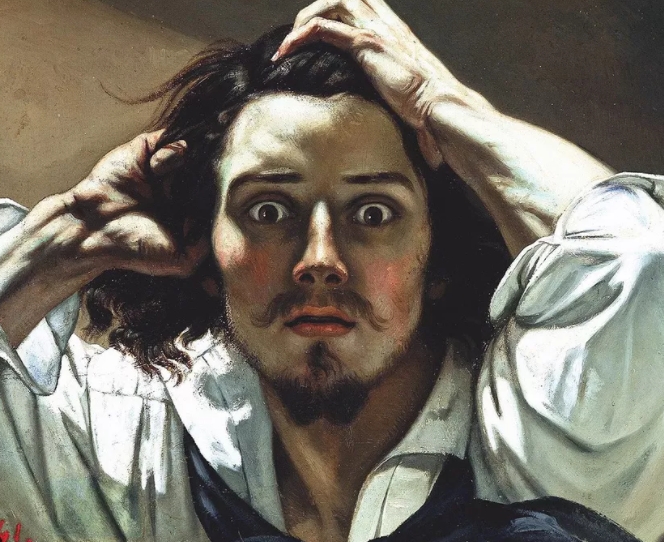In the world of Baroque art, self-portraiture held a special significance, allowing artists to assert their artistic prowess and explore their own identity.
Expressing Individuality through Self-Portraiture
Baroque artists used self-portraiture as a way to express their individuality and artistic vision. By portraying themselves in various poses and settings, they were able to convey their emotions, beliefs, and experiences.
Exploring Emotions and Psychology
Self-portraits in Baroque art often delved deep into the emotions and psychology of the artist. Through their facial expressions, body language, and gestures, artists were able to convey a range of feelings, from triumph and confidence to vulnerability and introspection.
Asserting Artistic Skill
Self-portraits in Baroque art also served as a way for artists to assert their artistic skill and mastery. By depicting themselves in elaborate costumes, with intricate details and realistic features, they showcased their technical prowess and attention to detail.
Reflecting Societal Values and Norms
Self-portraiture in Baroque art also reflected the societal values and norms of the time. Artists often portrayed themselves in roles of power, prestige, or virtue, aligning themselves with the ideals of their society and reinforcing their social status.
Challenging Traditional Notions of Portraiture
In some cases, self-portraiture in Baroque art challenged traditional notions of portraiture. Artists experimented with unconventional poses, compositions, and techniques, pushing the boundaries of what was considered acceptable or conventional in portraiture.
Overall, self-portraiture in Baroque art was a powerful tool for artists to explore their own identity, express their emotions and beliefs, assert their artistic skill, and reflect the societal values and norms of their time. Through these self-portraits, artists were able to leave a lasting legacy and make a powerful impact on the world of art.



